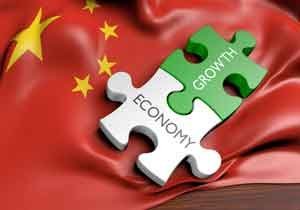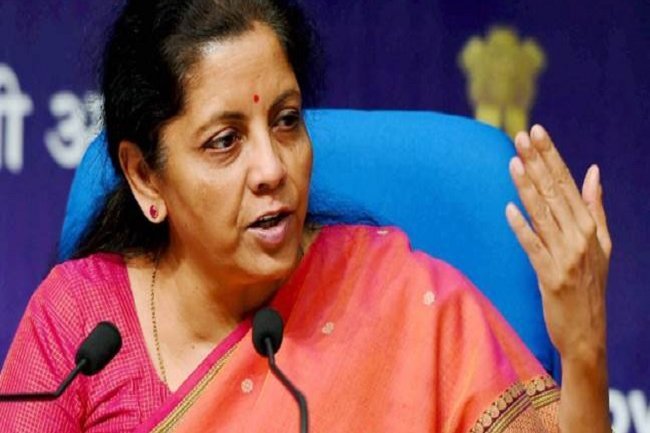China Requires Comprehensive Measures Beyond Rate Cuts to Revitalize Economic Growth

China Requires Comprehensive Measures Beyond Rate Cuts to Revitalize Economic Growth
China’s economy, currently facing a slowdown, is in need of more than just interest rate reductions to foster growth, according to analysts. The People’s Bank of China surprised markets with a decision on Tuesday to lower several key rates, including those on existing mortgages, which led to a surge in mainland Chinese stocks.
This development could signal the end of China's longest deflationary period since 1999, as noted by the chief economist at Macquarie. However, analysts believe that substantial fiscal spending, particularly in the housing sector, is essential for a complete economic rebound, alongside the recent monetary policy adjustments.
In contrast to the stock market's optimistic response, the bond market reacted with caution. The yield on China's 10-year government bonds dropped to a historic low of 2% following the announcement before rising slightly to around 2.07%, remaining well below the U.S. Treasury yield of 3.74%. The inverse relationship between bond prices and yields underscores the market's apprehension.
Experts emphasize that significant fiscal policy support will be necessary to increase government bond yields in China. They anticipate that Beijing will eventually intensify fiscal stimulus measures in light of the lackluster economic growth, despite previous hesitance to do so. The widening gap between U.S. and Chinese short-term bond rates suggests a lack of confidence in China's economic recovery compared to the U.S.
China's economy grew by 5% in the first half of the year, but there are rising concerns that it may fall short of the government’s target of around 5% for the full year without further stimulus. Retail sales growth has been sluggish, hovering just above 2% year-on-year in recent months, while industrial activity has also slowed.
Despite a rare increase in the fiscal deficit to 3.8% in October 2023 through special bond issuance, the Chinese Ministry of Finance has reverted to a more conservative deficit target of 3% for the year. Analysis indicates a significant shortfall in spending that could reach 1 trillion yuan, necessitating increased deficit measures and timely issuance of additional treasury bonds if revenue growth does not improve substantially in the latter half of the year.
In response to the downward trend in government bond yields, the governor of the People’s Bank of China attributed the situation to a slower pace of government bond issuance and confirmed that the central bank is coordinating with the Ministry of Finance on this front.
Market sentiment has shifted following the recent rate cuts, with some analysts noting a renewed confidence in economic growth. However, experts caution that for monetary easing to effectively stimulate credit and impact the real economy, it must be paired with robust fiscal stimulus. High levels of corporate and household debt in China have led to reluctance in borrowing, diminishing the effectiveness of loose monetary policy.
With the recent Federal Reserve rate cut providing some breathing room, Chinese policymakers may find it easier to navigate external pressures. A weaker U.S. dollar against the Chinese yuan has also enhanced export competitiveness, a rare positive factor for growth.
As China seeks to revitalize its economy, the call for comprehensive fiscal measures alongside monetary policy adjustments becomes increasingly urgent.
Click Here to Visit
What's Your Reaction?
















